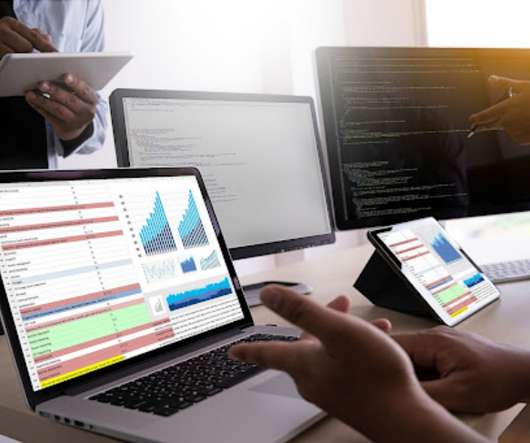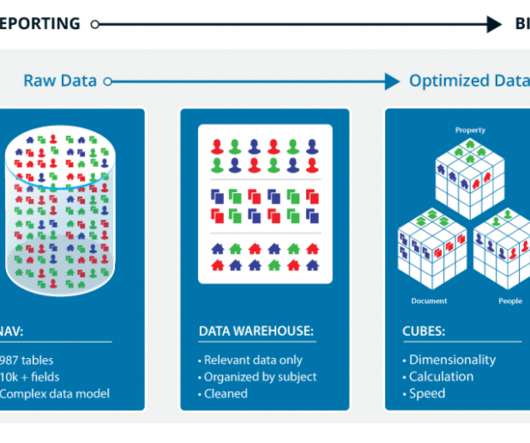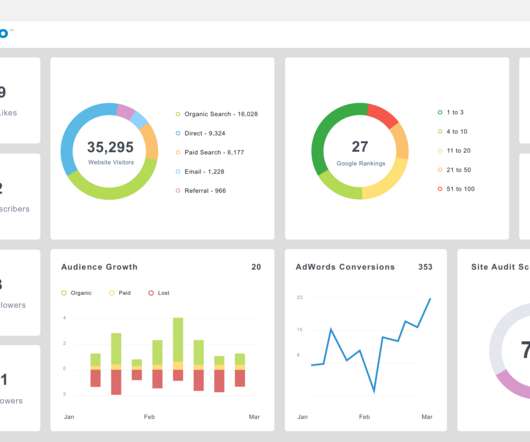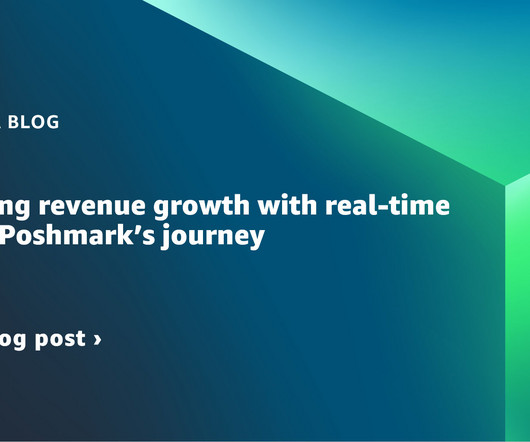Reporting Analytics vs. Financial Reporting: Is There a Difference?
Jet Global
OCTOBER 26, 2021
Here’s an overview of the key differences between the two, as well as some tips on how the finance team at your company can use information to help your business achieve strategic and tactical advantage. Multi-dimensional analysis is sometimes referred to as “OLAP”, which stands for “online analytical processing.” Financial Reporting.














Let's personalize your content